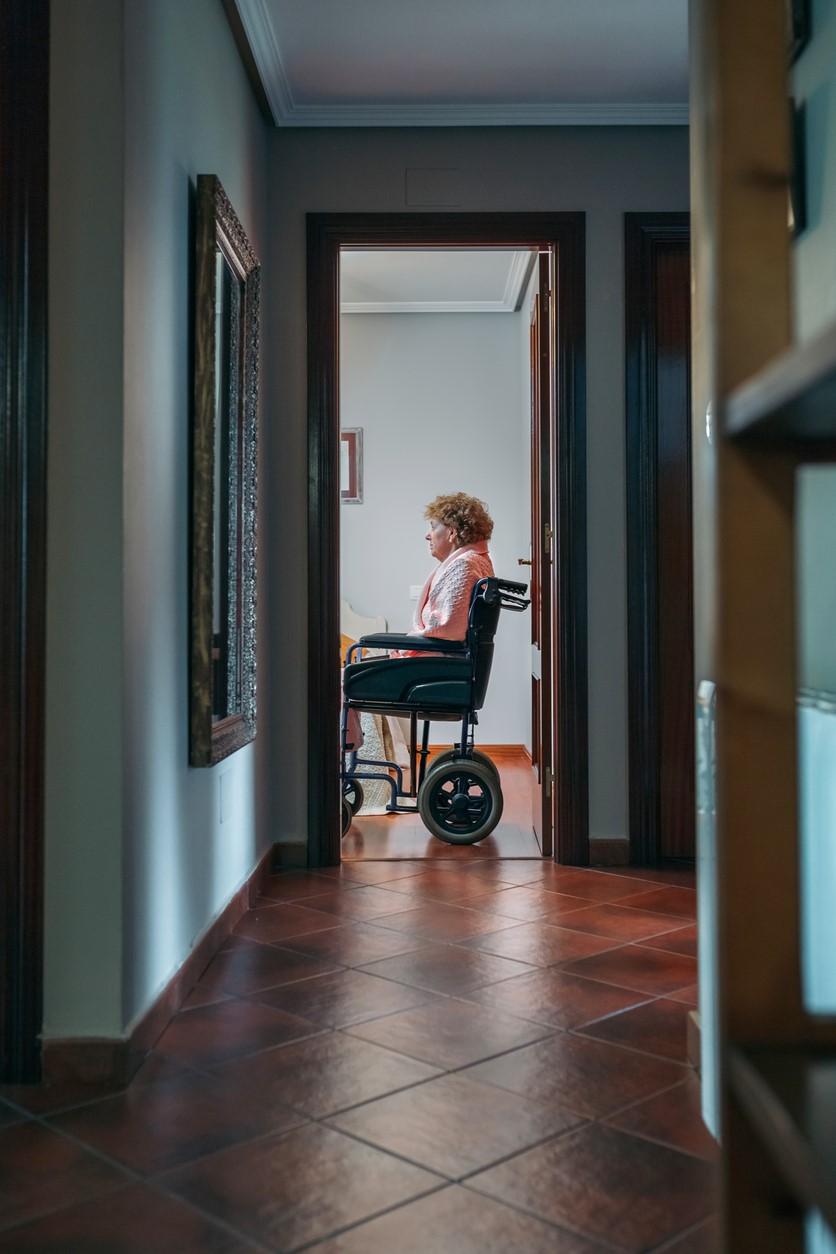Although severe illness and death from COVID-19 infection can occur in people of any age, 80% of US deaths so far have been in those 65 years and older, with the worst outcomes in people 85 and older, according to an analysis in today's Morbidity and Mortality Weekly Report from the US Centers for Disease Control and Prevention (CDC).
In another report in the same journal, experts analyzing the highly publicized novel coronavirus outbreak in a Washington state long-term care facility said that the virus can quickly spread in residents, workers, and visitors and that "substantial morbidity and mortality might be averted if all long-term care facilities take steps now to prevent exposure of their residents to COVID-19."
Meanwhile, researchers have found that the COVID-19 virus can live in the air for at least 3 hours and on surfaces for as long as 3 days—similar to the severe acute respiratory syndrome (SARS) virus, according to a letter published yesterday in the New England Journal of Medicine (NEJM).
Serious illness, death increase with advancing age
The first description of outcomes in 4,226 US COVID-19 cases reported to the CDC from Feb 12 to Mar 16 shows that 31% of cases, 45% of hospitalizations, 53% of intensive care unit (ICU) admissions, and 80% of deaths occurred in people 65 years or older.
Fatality rates for people 85 years and older ranged from 10% to 27%. Of those aged 65 to 84 years, 3% to 11% died. Death rates fell to 1% to 3% among those 55 to 64, less than 1% in those 20 to 54, and 0% in those 19 and younger.
"These preliminary data also demonstrate that severe illness leading to hospitalization, including ICU admission and death, can occur in adults of any age with COVID-19," the authors wrote. "In contrast, persons aged ≤19 years appear to have milder COVID-19 illness, with almost no hospitalizations or deaths reported to date in the United States in this age group."
The percentage of people hospitalized with the virus rose with age, from 2% to 3% of those 9 years and younger to 31% of those 85 and older. The percentage of patients admitted to an ICU ranged from 2% to 4% among those 20 to 44 years to 11% to 31% of those 75 to 84 years.
Of the 2,449 infected patients whose age was known, 6% were 85 years or older, 26% were 65 to 84, 18% were 45 to 54, 17% were 55 to 64, and 20% were 20 to 44. Only 5% of infections occurred in people 19 years and younger.
The data support findings from China that 80% of coronavirus deaths have occurred in people 60 years and older and those with underlying health conditions, the authors wrote. Only one person (.1%) 19 or younger in the Chinese study died from the virus.
People 65 years and older in the United States total 49 million, many of whom might need services to help them stay healthy and independent. "To prepare for potential COVID-19 illness among persons at high risk, family members and caregivers of older adults should know what medications they are taking and ensure that food and required medical supplies are available," the investigators said.
Rapid spread in nursing home
The report on the coronavirus outbreak in a King County, Washington, nursing facility, which sickened 129 people (81 of about 130 residents, 34 of 170 workers, and 14 visitors) and killed 23 from Feb 27 to Mar 9, underscores the ability of the novel coronavirus to spread quickly in such settings.
"Limitations in effective infection control and prevention and staff members working multiple facilities contributed to intra- and inter-facility spread," the researchers wrote.
Other factors that likely fed the spread included staff members who worked while ill; lack of knowledge and adherence to standard, droplet, contact precautions, and eye protection; inadequate stocks of personal protective equipment (PPE) and infection-control items such as hand sanitizer; delayed diagnosis; limited testing capabilities; and difficulty identifying infection based solely on signs and symptoms, according to the authors.
Of those infected, the median age was 81 years (range, 54 to 100) in residents, 42.5 years in staff members (range, 22 to 79), and 62.5 years (range, 52 to 88) for visitors. Eighty-four (65.1%) were women.
Hospitalization rates were 56.8% for residents, 35.7% for visitors, and 5.9% of staff members. Death rates were 27.2% for residents and 7.1% for visitors; no staff members died.
The most common underlying diseases in residents were high blood pressure (69.1%), heart disease (56.8%), kidney disease (43.2%), diabetes (37%), obesity (33.3%), and lung disease (32.1%). The only underlying condition in six residents and one visitor was high blood pressure.
The authors urged long-term care facilities to protect residents and workers through institution of symptom screening and restriction policies for visitors and nonessential workers; routine body temperature and respiratory symptom monitoring and documentation for healthcare workers; symptom monitoring of residents; social distancing of residents and workers; worker training on infection control and use of PPE; and planning to address PPE shortages.
"These strategies require coordination and support from public health authorities, partnering healthcare systems, regulatory agencies, and their respective governing bodies," the investigators said. "Rapid and sustained public health interventions focusing on surveillance, infection control, and mitigation efforts are resource-intensive but are critical to curtailing COVID-10 transmission."
COVID-19 persists in the air, on surfaces
In their NEJM letter, a team of US-based researchers say that the viruses' similar abilities to survive in aerosol and on plastic, stainless steel, copper, and cardboard indicate that COVID-19 is more contagious due to its high viral loads in the upper respiratory tract and the potential for asymptomatic people to transmit the virus.
"Our results indicate that aerosol and fomite transmission of [COVID-19] is plausible, since the virus can remain viable and infectious in aerosols for hours and on surfaces up to days (depending on the inoculum shed)," the authors wrote. "These findings echo those with [COVID-19], in which these forms of transmission were associated with nosocomial spread and super-spreading events."
In the study, researchers assessed and compared the stability of the COVID-19 and SARS viruses and estimated their rates of decay with a Bayesian regression model.
They produced aerosols (less than5 micrometers) contaminated with COVID-19 or SARS virus to create inoculum similar to samples obtained from human upper and lower respiratory tracts. COVID-19 was viable throughout the 3-hour experiment.
Similar to SARS, COVID-19 was more stable on plastic and stainless steel than on copper and cardboard, the authors wrote.
Both viruses became less viable over time in both aerosol and on surfaces. On copper, no live COVID-19 was measured after 4 hours, and no live SARS was found after 8 hours, the researchers reported. On cardboard, no live COVID-19 was identified after 24 hours, and no live SARS was found after 8 hours.
The results provide valuable information for pandemic mitigation efforts, the researchers said.


















